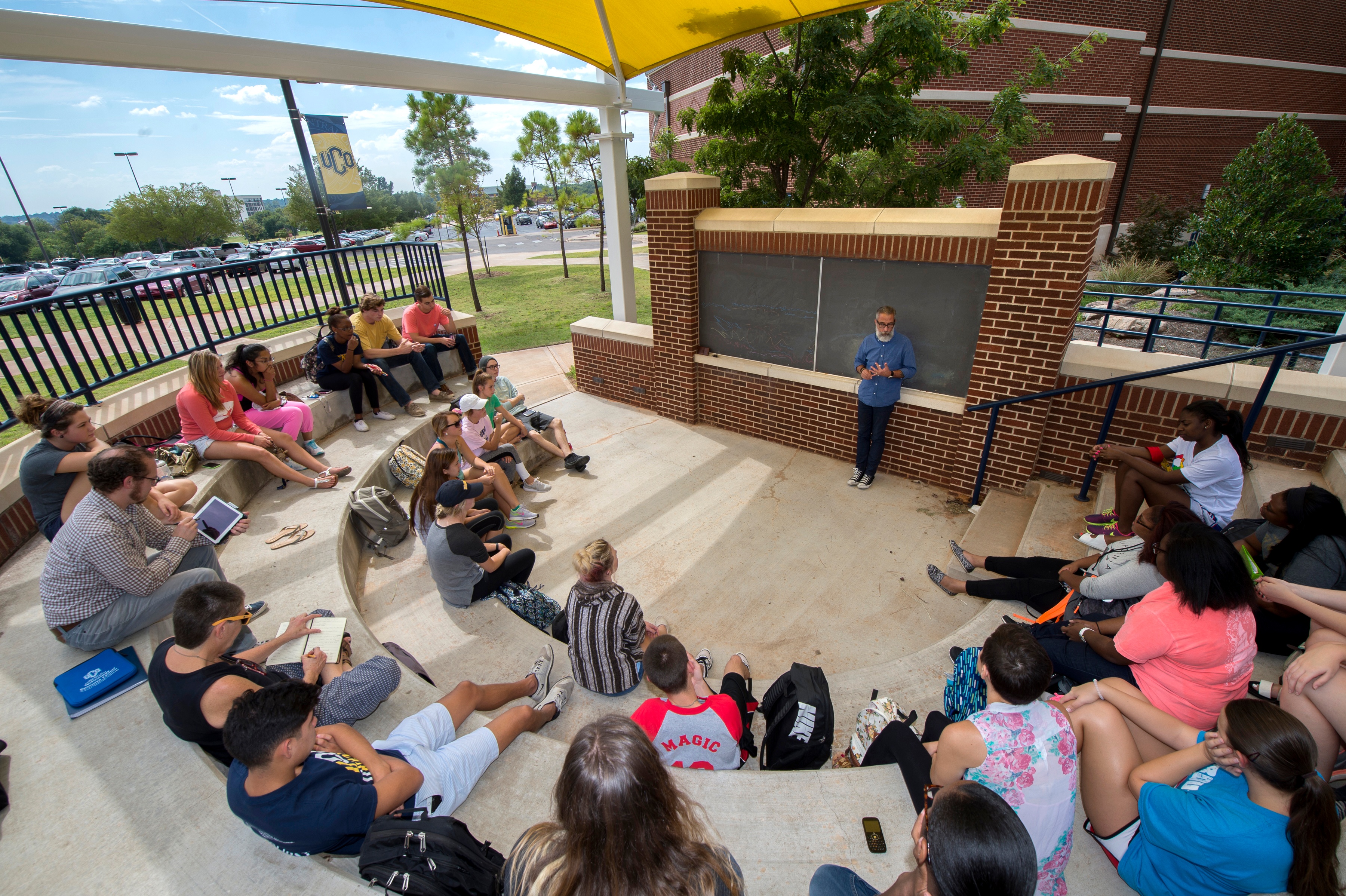You have seen an occasional post from us where we have offered advice about instructional resources for physics; well we have decided to make this make this a regular theme. We are launching a new series designed to keep instructors informed about introductory physics teaching tools. Examples of upcoming posts include a breakdown of the best in-class demonstrations, reviews about helpful software for your class, information regarding what best practices other instructors have implemented, and much more.
For this introductory post, we have invited Dr. Bruce Mason, Associate Professor of Physics at the University of Oklahoma, to launch the series. He is the director of the ComPADRE network of educational resource collections and the editor of the physics collection on MERLOT, a multi-disciplinary and multi-institutional organization promoting the scholarly use of multimedia educational resources. Here Dr. Mason offers an overview of numerous resources available for physics educators, from those that help with curriculum design and creation, to others focused on best practices and teaching methodologies, including ways for instructors to connect and become part of the larger physics education community.
Look for more from Expert TA’s instructor resource series in the near future.
A Primer on Instructor Resources for Teaching Physics
Guest Author: Bruce Mason, Ph.D., Associate Professor, The University of Oklahoma
“Physicists, physics educators, and physics education researchers are a very generous group. Our community is focused on helping our students, creating new approaches to learning and teaching, and sharing these results broadly.”
This is how I started a recent introduction to physics teaching resources for the American Physical Society Forum on Education Newsletter. The following newsletter articles give a flavor of this generosity and desire to share, with introductions to PhET, Open Source Physics, Interactive Video Vignettes, and the PICUP project. There are other researchers and developers from around the world who make available question databases, video libraries, simulations, worksheets, labs, and/or apps for physics educators for little or no cost. I’m sure everyone has their favorites.
But how do we find the great things out there that we don’t yet know about? Well Google, of course, but there are other efforts within the physics education community that are designed to provide more help in both discovering and using these resources. PhysPort is a project led by Sam McKagan and Adrian Madsen that is pulling together the best of physics education research and making it understandable and useful for all of us. The PhysPort site provides recommendations on how to improve your teaching or find great materials, connected to the many research-based teaching methods also listed on the site. As you try these new approaches to teaching in your classes, PhysPort also provides the research-validated assessment and data analysis tools to check how this is helping your students.
PhysPort, as well as Open Source Physics and PICUP, are built on the digital library foundation of ComPADRE. This library hosts projects that both develop and deliver content and links to some of the best teaching materials from around the world. All of this is available for you to search through or browse. To improve the organization, the ComPADRE library is divided into collections, such as introductory undergraduate physics, K-12 physics and physical science, or quantum physics. All these materials are selected and vetted by the ComPADRE editors to make your job of finding “the good stuff” easier. If you are interested in the research details behind the development, PER Central is the place to go.
Of course, PhysPort and ComPADRE are just two of the many things that the American Association of Physics Teacher (AAPT) is doing to “improve physics through teaching”. If you are wishing to improve your physics teaching skills, the conferences, journals, and workshops hosted by the AAPT are all great opportunities. More importantly, the AAPT is a friendly and supportive community that will make your life easier.
Twice a year the AAPT, APS, and American Astronomical Society host a workshop for 50-80 new college and university faculty. The number-one take away message from this three-day event is that if you want to improve your teaching, “You don’t have to do it all yourself."










